WHY PHYSICAL LITERACY…
“Physical Literacy
is being aware of your embodied nature and using that awareness to realise the sanctity and dignity of the body. We can choose to be physically literate by
* cultivating the desire and motivation to value our body as the epitome of life
* building the confidence and competence in a wide range of activities and
* developing the knowledge and understanding to take responsibility for life”
– Gita Krishna Raj, CEO & Program Director, Maverick
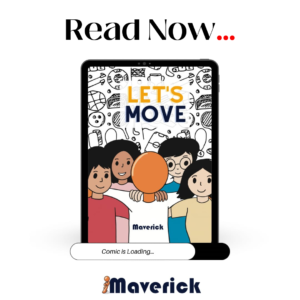 Just like learning the alphabet and phonics are the fundamental skills needed to eventually read and write, or identifying numbers and learning to add and subtract are the fundamental skills needed to earn and pay, the development of fundamental motor skills is critical if children are to be motivated to move with confidence and competence in a wide variety of activities and environments developing them as a whole person. Without the development of these fundamental skills, many children and youth choose to withdraw from an active lifestyle, turning to more inactive and unhealthy choices during their leisure time.
Just like learning the alphabet and phonics are the fundamental skills needed to eventually read and write, or identifying numbers and learning to add and subtract are the fundamental skills needed to earn and pay, the development of fundamental motor skills is critical if children are to be motivated to move with confidence and competence in a wide variety of activities and environments developing them as a whole person. Without the development of these fundamental skills, many children and youth choose to withdraw from an active lifestyle, turning to more inactive and unhealthy choices during their leisure time.
Click on the image to read an engaging comic and infographic booklet designed for students from 6th grade onwards, offering a fresh perspective on movement, health, and wellbeing.
STEPS IN YOUR PHYSICAL LITERACY JOURNEY: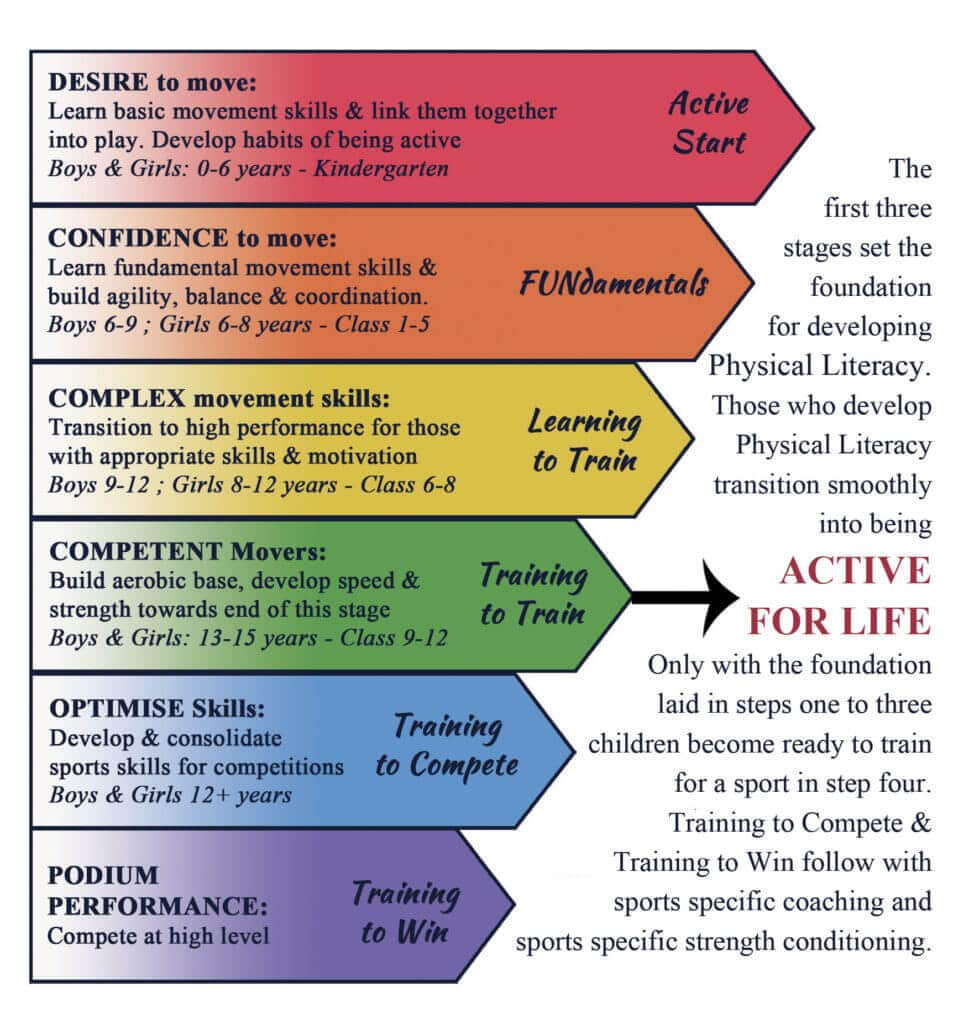
Although many children develop good physical skills on their own, there are many who do not. It’s a myth if you think ‘it just happens!’
Physical literacy can be cultivated by developing the fundamental movement skills during growing years that include:
- Body control skills: Agility, balance and coordination; Rhythm, poise, expression
- Body movement (locomotor) skills: Walk, run, hop, jump, skip, gallop, slide
- Object manipulation skills: Catch, trap, receive, throw, strike, push, kick
The body is the means by which ideas and aims are carried out and, therefore, it must become both sensitive and proficient. Research reveals that the part of the brain that processes movement is the same part of the brain that processes learning. Various studies support the relationship between Movement and the visual system; Movement and the Language system; Movement and Memory; and Movement and Attention.
But why should everyone be physically literate?
If a child does not enjoy sporting activities as much as another, they are targeted as being ‘weak’. They either develop a complex as a failure, lose self esteem or become victims of bullying. But PHYSICAL LITERACY is the birthright of all ! Cognition or the process of acquiring knowledge and understanding it, is embodied in action.
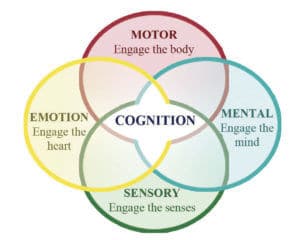 Motor cognition is the concept that the central nervous system that propels movement, participates in mental processing, including those involved in social interaction.
Motor cognition is the concept that the central nervous system that propels movement, participates in mental processing, including those involved in social interaction.
Nobel prize winner Roger Sperry elaborated how the perception–action cycle is the fundamental logic of our nervous system. Perception is a means to action and action is a means to perception. Our brain has evolved to transform sensory patterns into patterns of motor coordination.
Performing a movement leaves behind a bidirectional association between the motor pattern it was generated by and the sensory effects that it produces. Several experiments demonstrate the interrelation between motor experience and high-level reasoning.
Every movement of the body provides sensory feedback for the brain to process and adapt to. The brain is not a tape recorder simply recording everything that comes its way. The brain is choosy. In order to maximise learning, the brain looks for 4 key stimuli –
 Is it novel? New experiences change how the cells combine getting ready to make learning permanent when the same stimulus is repeated
Is it novel? New experiences change how the cells combine getting ready to make learning permanent when the same stimulus is repeated
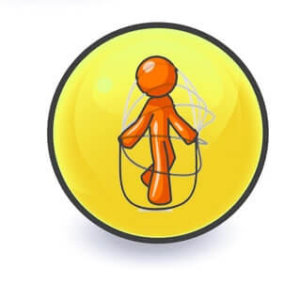 It needs repetition – Repeated exposure to the same stimulus communicates its importance to the brain and allows learning to become permanent
It needs repetition – Repeated exposure to the same stimulus communicates its importance to the brain and allows learning to become permanent
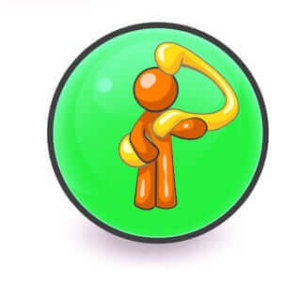 It has to be complex – Difficult patterns cause the brain to become more active since more areas of the brain are stimulated. As the body is designed to move and think at the same time, complex moves allow for greater cognition
It has to be complex – Difficult patterns cause the brain to become more active since more areas of the brain are stimulated. As the body is designed to move and think at the same time, complex moves allow for greater cognition
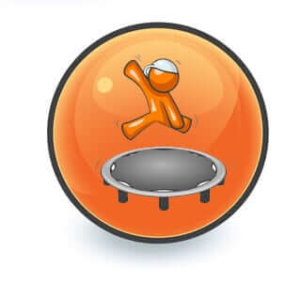 It has to make them feel good ! We repeat actions only when the feedback is emotionally positive. That is why it is crucial never to make exercising a punishment!
It has to make them feel good ! We repeat actions only when the feedback is emotionally positive. That is why it is crucial never to make exercising a punishment!
Howard Gardner suggested the theory of Multiple Intelligence – that is rather than seeing intelligence as a single general ability, it is differentiated into specific modalities –
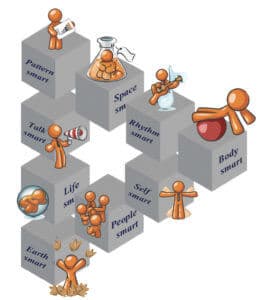
-
Musical-rhythmic
-
Visual-spatial
-
Verbal-Linguistic
-
Logical-Mathematical
-
Bodily-kinesthetic
-
Interpersonal
-
Intrapersonal
-
Naturalistic
-
Existential and
-
Moral
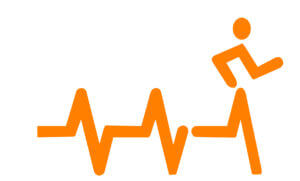 During movement activities we use multiple sensory modalities, thus creating neural connections across numerous pathways in the brain. Rhythmic literacy is the ability to observe, control and differentiate the rhythm of an action according to the environmental demands in a particular situation. This enables the quick motor adjustment of the performer in an unpredictable environment, assuring success in performance. Rhythmic ability enhances pattern recognition. Rhythmic ability is acquired through participation in movement activities that require accurate response to rhythmic stimuli.
During movement activities we use multiple sensory modalities, thus creating neural connections across numerous pathways in the brain. Rhythmic literacy is the ability to observe, control and differentiate the rhythm of an action according to the environmental demands in a particular situation. This enables the quick motor adjustment of the performer in an unpredictable environment, assuring success in performance. Rhythmic ability enhances pattern recognition. Rhythmic ability is acquired through participation in movement activities that require accurate response to rhythmic stimuli.
Maverick Physical Literacy curriculum has been designed to incorporate these scientific foundations to:
- Lay the foundations through steps 1 to 4 for students of classes one to eight making them ‘ACTIVE FOR LIFE’
- Provide sports related coaching and skill development to select students who are ready for step 5 – training to compete
- Provide sports specific strength conditioning to select students who are ready for step 6 – podium performance.